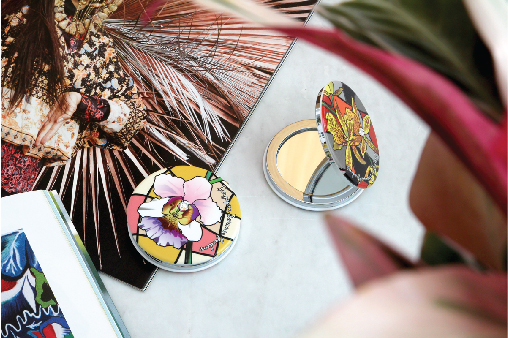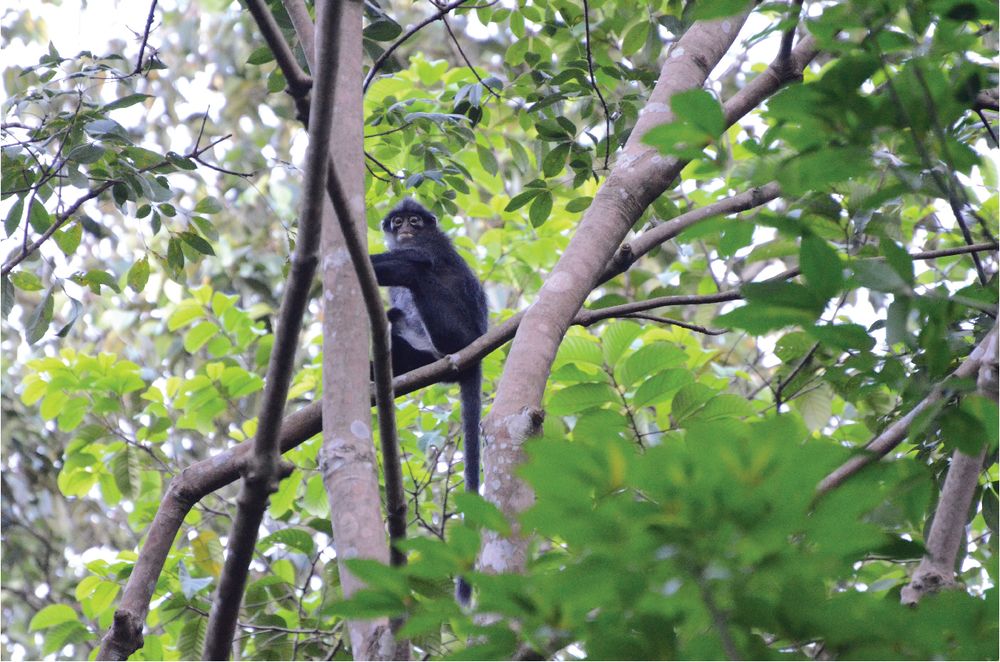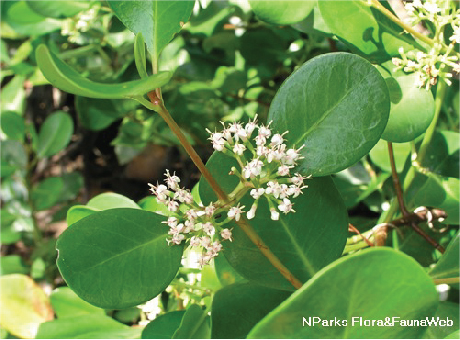Five Edibles for the Rainy Season
The rainy weather can be wonderful for saving water in your garden, but it may also leave some of your plants looking soggy. If your garden planters have insufficient drainage, you might find that the water does not drain out even after half a day, leaving your vegetables waterlogged.
In these cases, plants that are not suited to such wet environments will begin to present symptoms such as wilting, yellowing or stunted growth. As the soil is saturated with water, it no longer has sufficient air for the plants’ roots to survive. This means the roots are less able to absorb water or nutrients for the plants.
Instead of worrying about vegetables that go mushy, why not go with the flow? Here are some plants that are suited for wet conditions.
Kangkong
Photo credit: Jacqueline Chua
Delicious when stir-fried with sambal belacan or garlic, Kangkong (Ipomoea aquatica) is an undemanding plant to grow. Its species epithet, aquatica, and its common names, such as Swamp Morning Glory and Water Spinach, all refer to its ability to grow in water and waterlogged soils. With full sun, kangkong will grow fast into a creeping vine.
Pandan
Photo credit: Jennie Tang Yurue
Pandan (Pandanus amaryllifolius) is a much-loved flavouring throughout Southeast Asia. It is used in many desserts, teas, savoury dishes and even jams. The pigment in the leaves is also used to dye different foods green. In addition, the flexible leaves are used to wrap various foods such as meat, glutinous rice and pudding. When these wrapped foods are fried, grilled or steamed, the leaves impart their earthy yet floral scent to the dishes. Pandan thrives in semi-shade with lots of water, and its leaves can be harvested regularly.
Laksa Plant
Also called daun kesum or Vietnamese Coriander, the Laksa Plant (Persicaria odorata) gives us the leaves that are used in the popular Singaporean laksa dish. These leaves are also used to flavour many Malay dishes such as nasi ulam and Vietnamese dishes like bún bò Huế (beef noodle soup). A perennial herb that grows up to 0.35 m tall, the laksa plant is easy to propagate via stem cuttings. It does not need much maintenance and grows best in full or partial sunlight in soil that is kept consistently damp.
Gotu Kola
Photo credit: Jennie Tang Yurue
Gotu Kola (Centella asiatica), also known as pegaga or Indian Pennywort, is a perennial herb. It can be found growing in wet grassy areas along waterbodies or in areas that are always waterlogged. With its mildly grassy flavour with hints of cucumber, it is used in dishes like nasi ulam and salads like the Javanese kerabu pegaga and the Sri Lankan dish of gotu kola sambol.
Cekur Manis (Breynia androgyna)
Photo credit: Pauline Tay
Plucked from the top 15 cm of the stem, the young leaves of the Cekur Manis (Breynia androgyna) or mani cai have a pleasant fibrous mouthfeel and a slightly nutty, asparagus-y flavour. They work well when cooked in stir-fries, such as with egg, as well as in soups and curries in the Chinese and Malay cuisines. The shrub can be propagated easily via stem cuttings from plants bought from the market. It is easy to grow and is happiest in well-drained soil that is kept moist but the plant can also grow in clayey soil.
Gardening with Edibles
The City in Nature vision seeks to bring greenery closer to all residents. The community plays a key role in the ownership and stewardship for nature which will benefit our health and well-being.
NParks is partnering residents to make Singapore our City in Nature and spark a love for community gardening through the Gardening with Edibles initiative launched in June 2020. Under this programme, some 400,000 free seed packets have been distributed to interested members of the public. Relevant resources are also available online, to guide gardeners along the way.
Also, NParks is expanding the allotment gardening scheme and the Community in Bloom programme, to welcome even more residents into the gardening family.
The Gardening with Edibles initiative is aligned with Singapore’s national strategy to strengthen our food resilience. The “30 by 30” goal, led by the Singapore Food Agency, aims to produce 30% of Singapore’s nutritional needs locally by the year 2030. The programme is jointly funded by founding partners DBS Bank and Tote Board through the Garden City Fund.
Learning More
If you are a gardening newbie, visit NParksSG, our refreshed YouTube channel that serves as a one-stop repository for close to 300 video resources. It covers topics ranging from types of soil needed for your garden and how to plant, harvest and even cook your edibles.
You can also learn more about growing your own edibles here.
For more information about the flora and fauna found in Singapore, please visit NParks Flora and Fauna Web.
If you like what you read, follow us on Facebook, Instagram and Telegram to get the latest updates.
Text by Kezia Tan










Have views or comments on this article? Let us know via this form. If you would like to give us feedback on any other areas relating to our parks and gardens, please submit via https://www.nparks.gov.sg/feedback